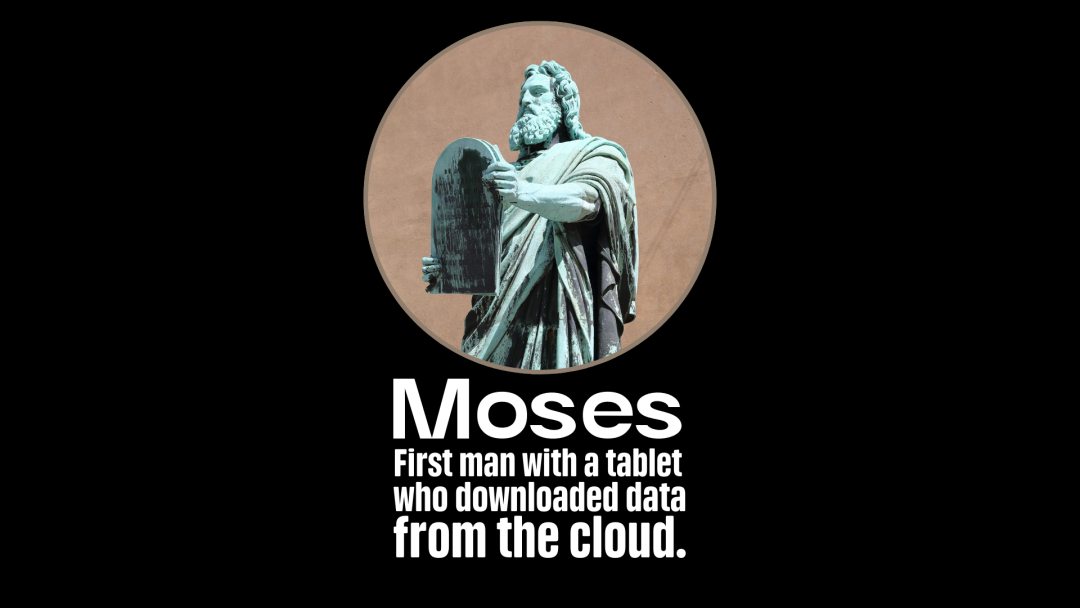
Exodus 22 – Leviticus 7
Immediately after Moses is given the 10 commandments, we are thrown into what seem to be rules for daily life. There are instructions on what to do if your ox or sheep die. There are instructions governing how to address accidental forest fires. We discover, unsurprisingly, that the ancient Israelites had a strict No Female Sorcerers policy (although we don’t get information about what to do with male sorcerers). As I keep repeating, when people describe the Old Testament as boring, I really don’t know what they’re talking about.
But more importantly, we hear commands in the law that sound a lot like Jesus’ own teachings about caring for our neighbors and our enemies. Things like, “take care of the immigrants among you.” “Care for widows and orphans; treat them like family.” My personal favorite is the command in 23:4, in which one is to return a straying donkey even if it’s one’s enemy whose donkey has wandered off. Kindness counts in the wilderness, too.
The Law isn’t without its artistry either. In chapter 24, Moses, along with Aaron and his sons and 70 elders, went up on the mountain to commune with God. They ate and drank and looked God in the face! It says that under God’s feet, there looked to be a “floor of lapis-lazuli tiles,” a vivid blue stone that apparently dazzled pure like the sky. Though in other parts of scripture, looking at the glory of God might result in the death of an ordinary human, these wilderness wanderers get to feast with God unscathed. Then, the cloud of God’s presence rested on the mountain, and God spoke from the cloud, which looked like fire to the people. I believe we experience God’s presence and Spirit in different if not equally artful and vivid ways now. Do you?
The remainder of Exodus spends time organizing the worship life of the ancient Israelites. The good news is that God’s presence will remain with them, always. The only requirement is to build God a “tabernacle” or dwelling in which to live. Of course, the Creator of the universe did not literally live in this tent dwelling, but similar to our sacraments now, this tabernacle became the place where heaven and earth met. Like at our communion table, the Divine presence showed up in this ordinary tent, and the people were able to stay connected with the LORD.
If you’re into details, Exodus chapters 28-30 are for you. You’ll have loved reading the architectural structuring of the Tabernacle, which is complete with the courtyard, Holy Place, and Holy of Holies. If you love styling, you’ll get a kick out of the Priests ornate outfits with “embroidered breastplates of judgement and bejeweled stone headpieces. If you’re interested in woodworking or goldsmithing, you’ll appreciate the details on acacia furniture and the ornate gold and bronze adorning every piece of furniture, table, altar, and, most importantly, the Ark of the Covenant. The Ark of the Covenant was a wooden storage chest intended to hold the most sacred relics in the ancient Israelite community. The Ark held the stone tablets of the Law, a gold jar filled with an “omer” of manna (Exod. 16:33-34), and Aaron’s rod that budded from Numbers 17 and was carried with the Israelites wherever they went.
The giving of all the commandments of the Law and all the instructions for worship and sacrifice takes a while. At the time Moses was up on the mountain, the people got antsy. They decide Moses has abandoned them, and they prepare to fashion a new god. Instead of stopping them, Aaron aids them in this project – collecting gold earrings and jewelry and casting a golden calf for them to worship. When Moses comes back down from the mountain and sees their debauchery, he shatters the freshly cut stone tablets at their feet. (Yes - the very same rock of the covenant that God had spent laboring over for weeks!) This is the first time the people have turned their back on the God who delivered them, but sadly, we know it won’t be their last.
This exchange shows us something about God's character. In fact, God almost sounds like a fed-up parent saying, “I’m so mad I can’t even look!” But through Moses, God finds a way to forgive you right now and to continue to lead the people into the land God has promised. After a reiteration of the instructions for building the Tabernacle, Exodus comes to an end.
On day 27 we pick up in Leviticus – the 3rd book of the law. Leviticus’ main concern is setting up the sacrificial system. There are too many details of sacrifice and worship to name, but the process is colored with symbolism and intentionality. The entire book is structured around holiness – God is holy, so God’s people should be holy. The key is to understand what “holy” means. Holiness doesn’t mean perfection; it doesn’t mean blamelessness or even innocence. To be holy meant to be “set apart.” In an ancient context where tribal boundaries and identities were often blurred together, God had called a new nation and a new people to look different than the others around them. God was not the same as other tribal deities, and the people of Israel were not to look or act or be the same as the surrounding nations either. In the same way, God has called those of us who follow Christ to be holy – to be different than the world. Today, I’m reflecting on the many ways we do this well and the equally many ways we struggle to reflect Christ’s holiness.
(Login/Register to leave a comment)



